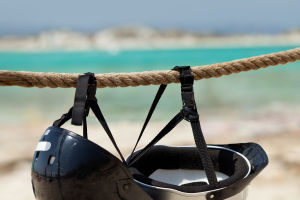As the saying goes, “A workman must first sharpen his tools if he is to do his work well”. Choosing the right pair of skates for you is not that easy if you want to learn how to skate well.
Roughly speaking, there are three types of skaters: beginners, intermediate skaters, and advanced skaters, and there are different grades of skates for different levels of skaters.
The skates should fit as snugly as if you were wearing gloves and as if they were specially made to fit your feet. There should not be any looseness in the heel. Any loose parts can cause blisters or bone spurs in your feet and will make skating more difficult.
The higher the level of skating, the more the fit of your skates will affect you. If you choose the right skates and skate a few times a week, it will take anywhere from a few days to a few weeks of adaptation (break-in period).
If after 5-6 months your feet are still sore, then you should have chosen the wrong skates or they are not compatible with your skating level. Blisters, sore feet, or bone spurs are normal during the break-in process.
The following will describe the four elements of skate selection.
1. See if the blade is straight.
Hold the skate upside down, with the blade facing up and the mouth of the skate facing down, and use one eye to see if the blade is in a straight line, the straighter the blade the better.
If there is a deep cut on the blade, it will affect the skating effect, so when buying new skates you should try to pick the skates with shallow cuts.
2. See if the ice skates are shiny.
Some ice skates are not good because of the steel quality or silver plating. The surface of the blade body began to rust, silver plating off the phenomenon. Good ice skates should be very bright, with no rust marks on the surface.
3. Look at the ice skates and ice skates' articulation.
The ice skates should be located in the middle of the skates, speed skates left foot blade slightly to the right deflection of about 15 degrees, and the right foot blade slightly to the left deflection of about 15 degrees.
4. See if the size fits.
The skates must be suitable for you, neither too big nor too small. When trying out the skates should be loosened all the laces and then pulled tight in turn.
You must be sure that the number is suitable before buying.
Experts suggest that if beginners are not too sure about skating or skating equipment, it is recommended that they buy from a regular shop or ice rink where the quality and service of Ice skates are guaranteed.


